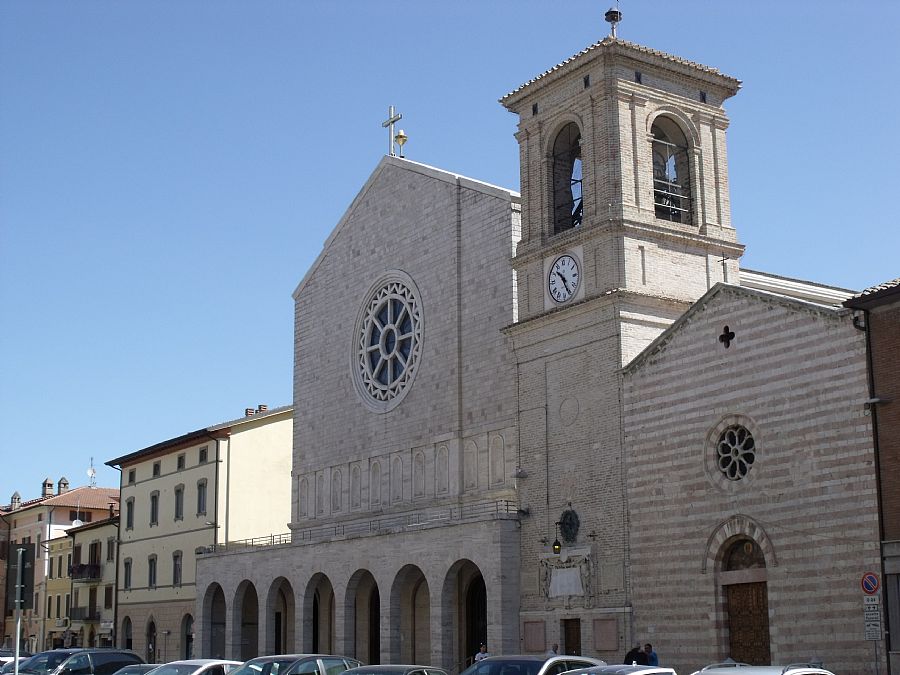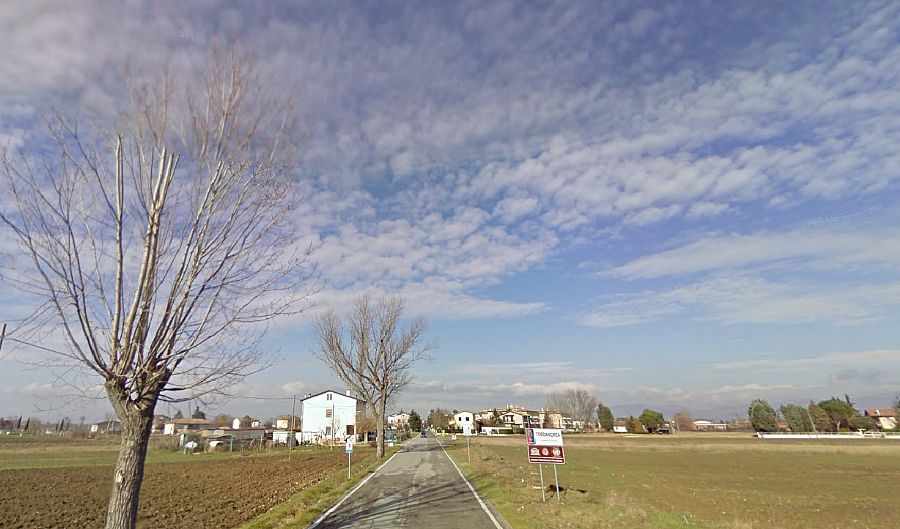Assisi

Assisi is renowned for its beautiful setting and its famous hometown boy who became a symbol for peace and virtue, and who also became a saint, St Francis. Named a UNESCO World Heritage Site, the city is a fine example of well-preserved medieval construction, resting on the slopes of Monte Subiaco in Umbria. Assisi is also called the city of peace, mostly for the efforts of St Francis and his friends who renounced worldly wealth to minister to others, and founded the Franciscan monastic order. Millions make a pilgrimage to this pink-tinged town to pay homage to Francis and enjoy the peaceful contemplation that is inherent in a place like this.
Many of Assisi's sights are related to religion, of course. The most famous and most visited is the Basilica di San Francesco, built to house the remains of the saint in more grandeur than Francis himself would have liked. There are actually two basilicas contained in the structure, the Upper Basilica, where the gorgeous frescoes by Cimbue and Giotto grace the walls to recount the story of St. Francis's life; and the Lower Basilica, containing the crypt. The candy-striped church of Santa Chiara is another notable church, where St Clare founded the order of the Poor Clares, inspired by St Francis to minister to the poor. San Rufino is the Romanesque church with three rose windows and a beautifully carved portal and lunette, more notable because it was the church where St. Francis and St. Clare were both baptized. The charming chapel of Santo Stefano is a humble stone structure, the oldest house of worship in Assisi.
But two place stand out for a spiritual experience: The Eremo, a short distance outside town, where Francis and his monastic brothers went for spiritual contemplation and retreat; and the Basilica of Santa Maria degli Angeli, on the plain below Assisi. Contained within the enormous structure is the tiny church called Porziuncola, the original place where Francis ministered and prayed, and where he died. It is a lovely chapel and one that evokes emotion in nearly everyone who sees it, even if they aren't religious. There is also a beautiful collection of nativity scenes sent from around the world (St. Francis was the first to exhibit a "nativity" using animals and townspeople).
In the main piazza is another church, but actually a Roman temple dedicated to Minerva. The ancient columns highlight the piazza in ancient splendor. In Palazzo Vallemani you'll find a nice municipal art gallery, with frescoes and paintings from the 14th through the 17th centuries.. On the upper edge of Assisi is the Roman amphitheater, its elliptical shape still visibly outlined by medieval houses, the former arena a central garden. On the peak of town is the Rocca, the defensive fortress built in 1174.
Assisi is a beautiful town, and while filled with pilgrims and tourist by day, becomes a magical place at night. There are artisan shops, and events throughout the year. The biggest is called Calendimaggio, an epic costumed affair that has been going on since the Middle Ages.
Explore handpicked holiday lettings in Assisi.

 Amalfi Coast
Amalfi Coast Sorrento Coast
Sorrento Coast Tuscany
Tuscany Cilento National Park
Cilento National Park Lake Como
Lake Como Rome and Latium
Rome and Latium Umbria
Umbria Capri and Ischia
Capri and Ischia Venice
Venice Puglia (Apulia)
Puglia (Apulia) Liguria
Liguria Sicily
Sicily Lake Maggiore
Lake Maggiore Lombardy
Lombardy Sardinia
Sardinia Lake Garda
Lake Garda Abruzzo and Marche
Abruzzo and Marche Calabria
Calabria

